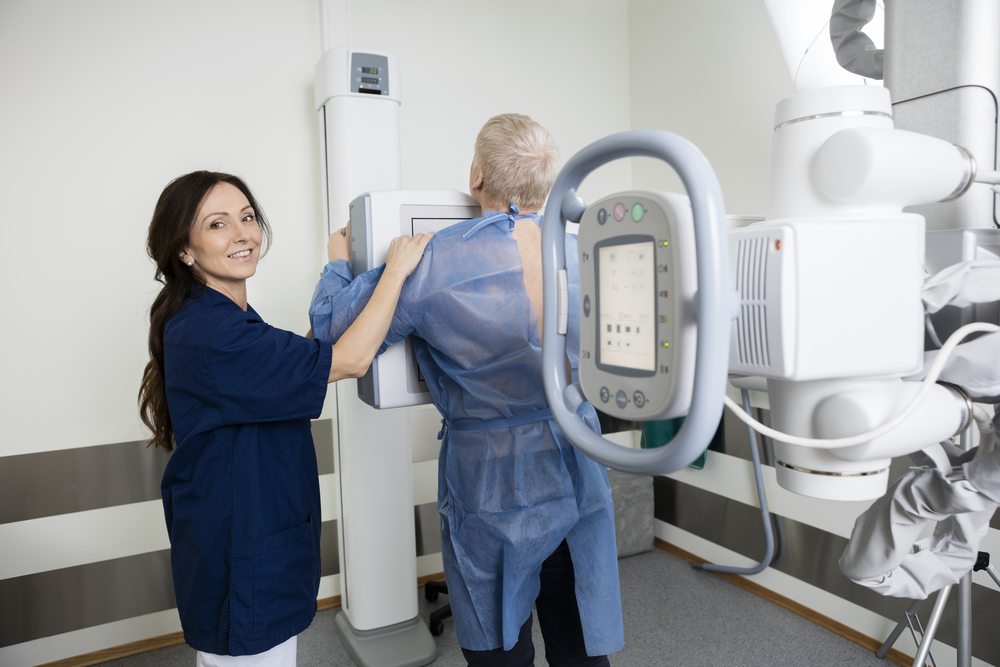
1. Entry-Level Salaries for X-ray Techs
For those just entering the field of radiologic technology, entry-level salaries are often influenced by factors such as education, location, and the specific healthcare setting. On average, entry-level X-ray techs can expect a competitive starting salary that reflects their educational qualifications and any relevant certifications.
2. Educational Impact on Salary
The level of education attained can significantly impact an www.suckmygeek.com/ salary. Many X-ray techs hold an associate degree in radiologic technology, while others pursue bachelor’s degrees for additional specialization. Those with higher levels of education may command higher salaries, especially if they choose to specialize in areas such as MRI or CT scanning.
3. Certification and Specialization
Certifications and specializations within the field of radiologic technology can enhance an X-ray tech’s earning potential. Obtaining certifications from organizations like the American Registry of Radiologic Technologists (ARRT) can validate expertise and may lead to salary increases. Specializing in areas such as mammography, nuclear medicine, or cardiovascular radiography can also impact earnings.
4. Experience and Seniority
As with many professions, experience plays a crucial role in determining salary levels for X-ray techs. Those with several years of experience in the field may command higher salaries, reflecting their expertise, proficiency, and ability to handle complex cases. Seniority within a healthcare organization can also lead to incremental salary increases.
5. Geographic Location
The geographical location of employment can significantly influence X-ray tech salaries. In regions with a higher cost of living, salaries tend to be higher to accommodate the increased living expenses. Metropolitan areas and regions with a high demand for healthcare professionals may offer more competitive salaries for X-ray techs.
6. Employment Setting
X-ray techs can work in various healthcare settings, including hospitals, diagnostic imaging centers, physician offices, and outpatient care centers. Salaries may vary based on the type of facility. For example, X-ray techs employed in hospitals may receive different compensation than those working in private practices or outpatient facilities.
7. Industry Trends and Demand
Industry trends and demand for radiologic technologists can impact salary levels. As advancements in medical imaging technology continue, the demand for skilled X-ray techs may increase, potentially leading to higher salaries. Staying informed about industry trends and emerging technologies can be advantageous for those seeking competitive compensation.
8. Negotiation Skills
Negotiation skills can play a role in determining an X-ray tech’s salary. When entering a new position or seeking a salary increase, effective negotiation can contribute to a more favorable compensation package. Being aware of industry standards, certifications, and relevant experience can strengthen negotiation positions.
Conclusion
The salary of an X-ray tech is influenced by a combination of factors, including education, certifications, experience, location, and the specific healthcare setting. As healthcare continues to evolve and technology advances, the demand for skilled radiologic technologists is expected to grow, potentially impacting salary trends in the field. Aspiring X-ray techs should consider these factors and stay informed about industry developments to make informed decisions about their career paths.
